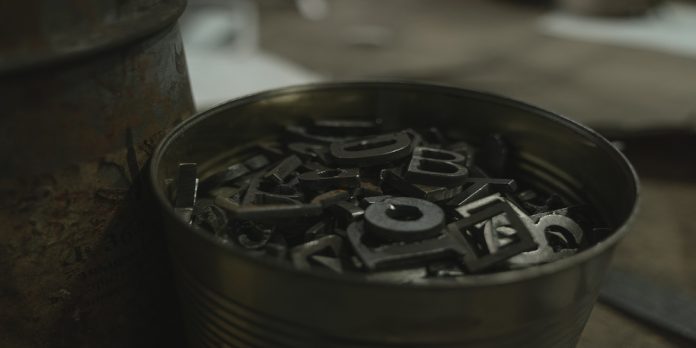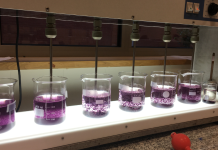In the manufacturing process known as extrusion, the material is pushed through a die to create a certain shape or form. By heating the material before extrusion, a variation of this process known as “warm extrusion” creates a product that is stronger and more robust while improving the material’s flow properties. General explanations of the heated extrusion process and its applications are provided by Cxin Forging.
What exactly does warm extrusion entail?
Warm extrusion typically involves heating the material to a temperature between ambient and melting point. As a result, the material softens and becomes more malleable, which facilitates its passage through the die. The material is then forced through the die using a ram or screw to create the desired shape or form.
The exact temperature used during the heated extrusion process depends on the substance. Titanium, for instance, may be heated to temperatures of 800 and 1000 degrees Celsius, but aluminium is often heated to temperatures of 350 and 500 degrees Celsius. It’s essential to heat the material to the right temperature in order to get the necessary attributes and avoid damaging the material or die.
Uses of the manufacturing process
The aerospace, automotive, construction, and other sectors may produce a wide variety of goods using warm extrusion. The following are some typical uses for heated extrusion:
- Automotive Parts: Warm extrusion is frequently used to make components for engines, suspensions, and drivetrains for cars and other vehicles. These components must be robust, long-lasting, and able to tolerate extreme heat and strain.
- Warm extrusion is used by the aerospace sector to make parts for aeroplanes, rockets, and satellites. This method is frequently used to create components like wing ribs, landing gear pieces, and engine elements.
- Construction Materials: Warm extrusion may be used to produce a variety of building materials, including structural steel forms and aluminium profiles for windows and doors.
- Medical Devices: Components for surgical tools, implants, and other medical equipment are produced through heated extrusion in the medical sector. These components must be durable, accurate, and biodegradable.
The advantages of warm extrusion
Using the heated extrusion method has a number of advantages, including the following:
Enhanced Material Characteristics
The characteristics of the material can be enhanced by heating it before extrusion. For instance, heated extrusion might result in a material that is both stronger and more malleable.
Enhanced Accuracy
More accuracy may be achieved when making parts and components using warm extrusion. This is because the material is softer and flows through the die more readily, producing more exact shapes and patterns.
More rapid production
As the softened material may be extruded more rapidly and readily, warm extrusion may be quicker than cold extrusion.
Cost-Effective
Warm extrusion can produce goods more cheaply because it can eliminate the need for secondary processing stages and produce less waste.
Conclusion
A useful manufacturing technique that produces stronger, more accurate, and more affordable items are warm extrusion. It is a practical method that may be applied to produce a wide range of goods across several sectors. The material’s characteristics can be increased by heating before extrusion, leading to components that are stronger and more accurate. When compared to cold extrusion, warm extrusion can be quicker and more economical, but it also needs specialised equipment and careful material preparation. Warm extrusion is a useful manufacturing method that may create high-quality products with a variety of uses, despite its difficulties.










